OUR TRIP TO ITALY APRIL 2007 -ROME- ST PETER IN CHAINS, PANTHEON
Next Morning we travel to see other buildings in Rome.
Most notable were the Basilica of ST Peter in Chains where the chains binding St Peter after his capture by the Romans were kept.
Saint Peter in Chains is a basilica in Rome, best known for housing Michelangelo's statue Moses.The interior has a nave and two aisles, with three apses divided by antique Doric-style columns. The aisles are surmounted by cross-vaults, while the nave has an 18th century lacunar ceiling, frescoed in the center by Giovanni Battista Parodi, portraying the Miracle of the Chains (1706).
Michelangelo's Moses (completed 1515), while originally intended as part of a massive 47-statue, free-standing funeral monument for Pope Julius II, became the centerpiece of the Pope's funeral monument and tomb in this, his family's church. Moses is depicted with horns, as opposed to "the radiance of the Lord", due to the similarity in the Latin between the word for "beams of light" and "horns".
Other art works include two canvas of Saint Augustine and St. Margret by Guercino, the monument of cardinal Girolamo Agucchi designed by Domenichino (also author of a sacristy fresco depicting the Liberation of St. Peter (1604). The altarpiece of the basilica contains the chains used to bind Peter during his capture by the Romans.
After the basilica of ST Peter in chains, we travel to see the Pantheon, one of the oldest building in Rome which houses the dieties of Ancient Rome and was later given to the Pope Boniface IV who then renamed it the church of ST Mary and all the Martyr Saints. Here we can see two religions with their religious symbols in one church, hence the name Pantheon or Temple of the Gods.
The Pantheon ( meaning "Temple of all the Gods") is a building in Rome which was originally built as a temple to the seven deities of the seven planets in the state religion of Ancient Rome. It is the best preserved of all Roman buildings, and perhaps the best preserved building of its age in the world. It has been in continuous use throughout its history. Although the identity of the Pantheon's primary architect remains uncertain, it is largely assigned to Apollodorus of Damascus. Since the 7th century, the Pantheon has been used as a Christian church.In 609 the Byzantine emperor Phocas gave the building to Pope Boniface IV, who reconsecrated it as a Christian church titled Santa Maria ad Martyres (in English the Church of Mary and all the Martyr Saints).
Lastly before we left Rome and its historical buildings and heritage, we also indulged in some of the best delicacies provided by Rome. The ' best ice cream' in Rome comes with at least 50 over flavours. It was a particularly hot day so we enjoyed an ohur of rest quenching our thirst with ice cream.


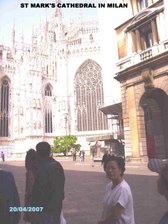




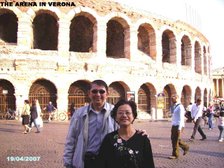




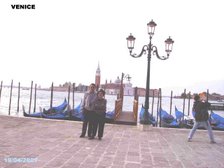














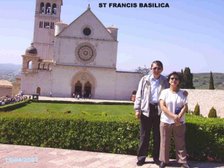







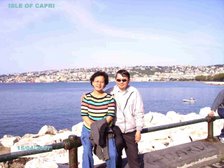











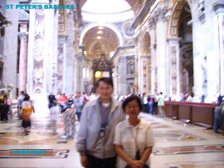












No comments:
Post a Comment